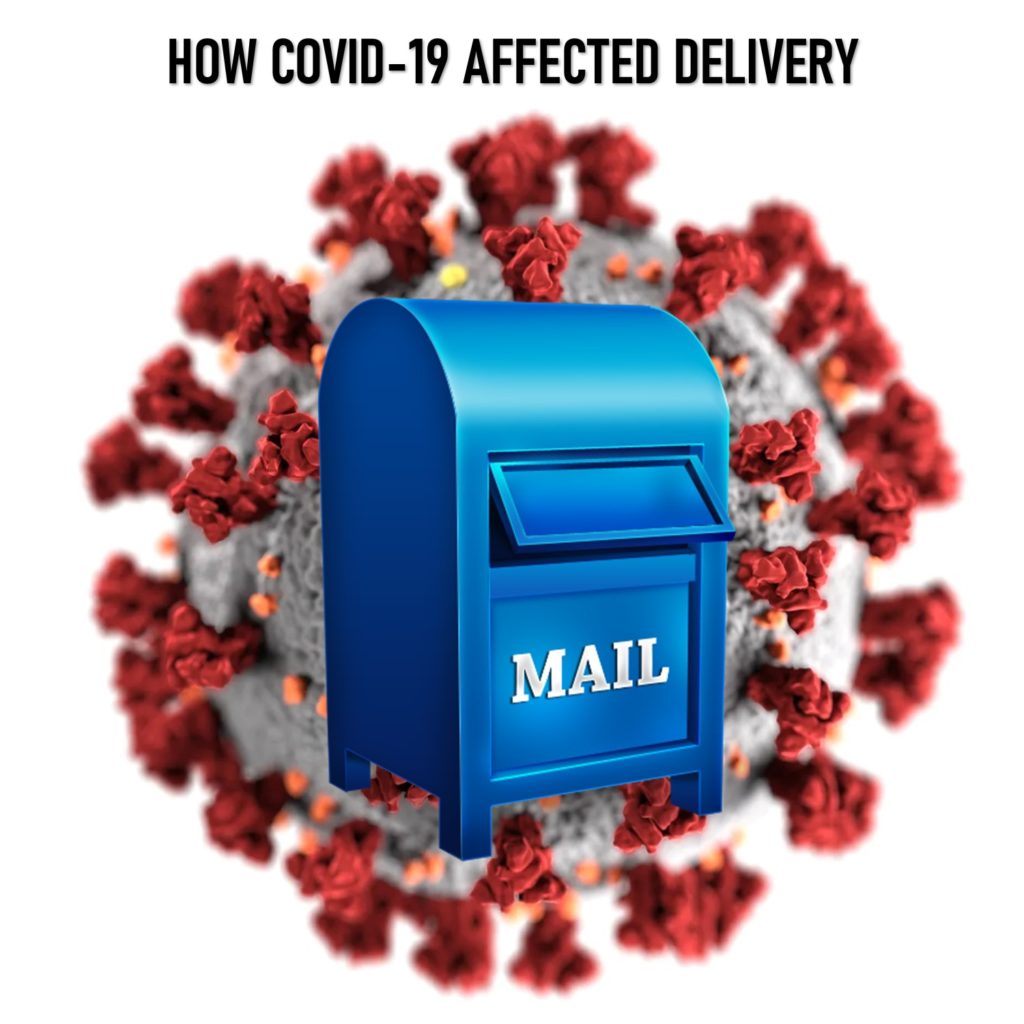
The four types of Marketing Segmentation are Demographic, Psychographic, Behavioral, and Geographic. Today we review Psychographic Segmentation.
Psychographic segmentation Leverages customer data with a foundation in psychology. It uses data to create customer segments based on psychological characteristics. Unlike Demographic Segmentation, which is fact based, psychographic segmentation factors are a bit more difficult to identify because they are subjective. They are not singularly data-focused and require research to uncover and understand.
Today, psychographics is a powerful addition for effective market segmentation because it operates on the belief of getting to know your customer better and the psychographic data supplements your behavioral and demographic data.
This type of data is available to append to your existing client base today. We use several tools (such as Nielson’s PRIZM and P$YCLE data) to help clients identify psychographic tendencies.
These complex systems go beyond coding customer records for consumer targeting applications. They provide profile databases for behaviors ranging from leisure time preferences to shopping to eating to favorite magazines and TV shows. The programs were created using a proprietary method called Multivariate Divisive Partitioning (MDP) which borrows and extends a tree partitioning method that creates segments based on demographics that matter most to households’ behaviors.
The most common tree partitioning technique, Classification and Regression Trees (CART), involves a modeling-oriented process. Described simply, statisticians begin with a single behavior they wish to predict and start with all participating households in a single segment. Predictor variables, such as income, age, or presence of children, are analyzed to find the variable—and the appropriate value of that variable—that divides the single segment into two that have the greatest difference for that behavior. Additional splitting takes place until all effective splits have been made or the size of the segment created falls below a target threshold.
This process identifies and segments based on Life-Stage groups, and drills further down with 68-additional groupings such as “Young Achievers”, “Accumulated Wealth” or “Empty Nesters”.
Contact us for additional information and pricing on these powerful segmentation tools.










